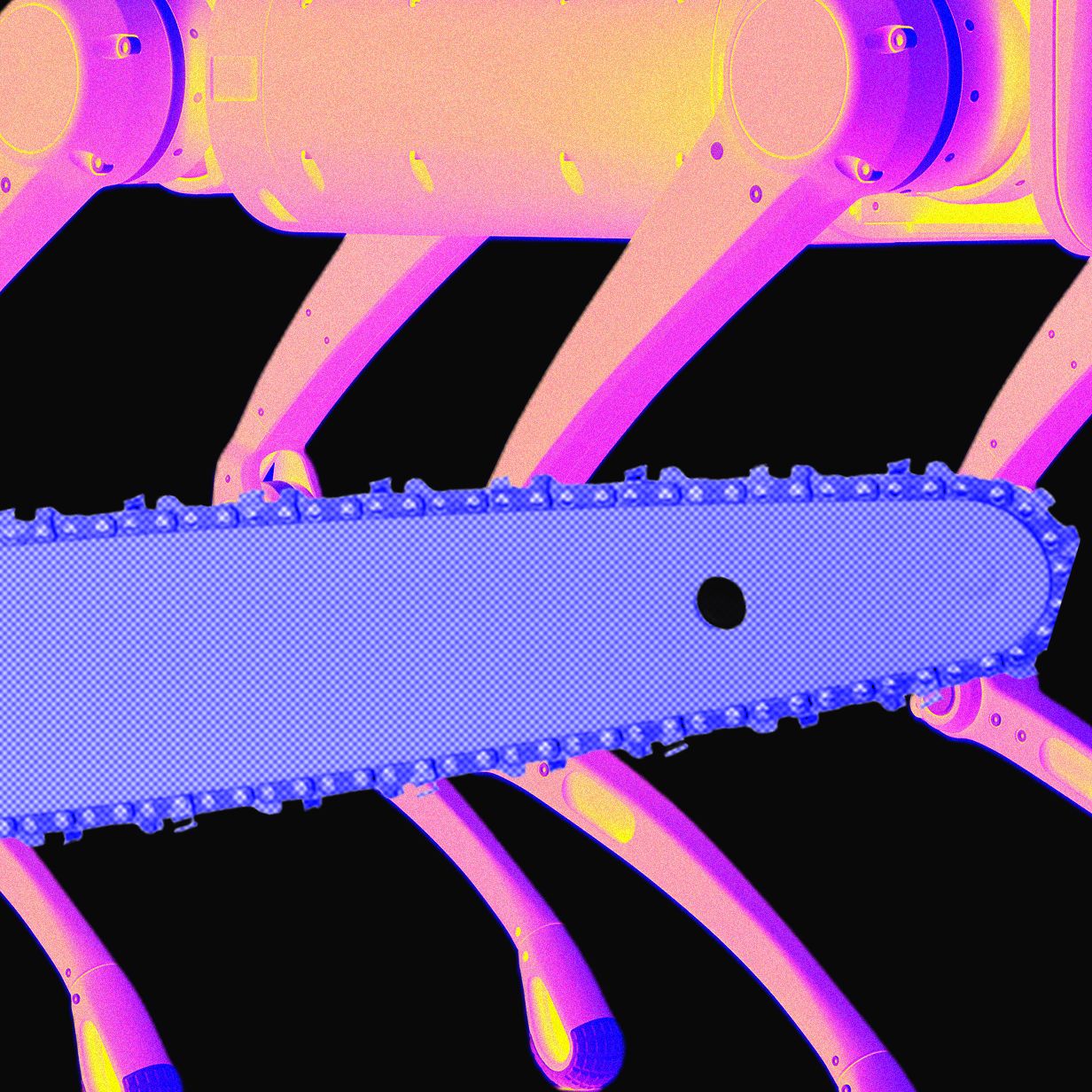This AI-Powered Robot Keeps Going Even if You Attack It With a Chainsaw
This AI-Powered Robot Keeps Going Even if You Attack It With a Chainsaw
In a groundbreaking development in robotics technology, a team of researchers has created an AI-powered robot…

This AI-Powered Robot Keeps Going Even if You Attack It With a Chainsaw
In a groundbreaking development in robotics technology, a team of researchers has created an AI-powered robot that is capable of withstanding extreme physical attacks, such as being attacked with a chainsaw.
The robot, which is equipped with advanced sensors and AI algorithms, is able to detect and respond to threats in real-time, allowing it to continue functioning even under the most challenging conditions.
Tests have shown that the robot is able to adapt to various types of attacks, including being struck with a chainsaw, and can quickly assess the situation and adjust its movements to protect itself.
This level of resilience and adaptability is a major advancement in the field of robotics, opening up new possibilities for using robots in high-risk environments where human operators may be endangered.
The researchers behind this project are optimistic about the potential applications of this technology, including in search and rescue missions, disaster response efforts, and military operations.
By creating robots that are capable of autonomously responding to threats, we are moving closer to a future where robots can assist humans in a wide range of dangerous tasks.
However, there are also concerns about the ethical implications of developing robots that are designed to withstand violent attacks, as this could potentially lead to new forms of warfare and human rights violations.
As we continue to push the boundaries of robotics technology, it will be important to consider the ethical implications of our innovations and prioritize the safety and well-being of all individuals involved.
Ultimately, the development of this AI-powered robot represents a significant milestone in the field of robotics, demonstrating the potential for creating machines that are truly autonomous and resilient in the face of adversity.




